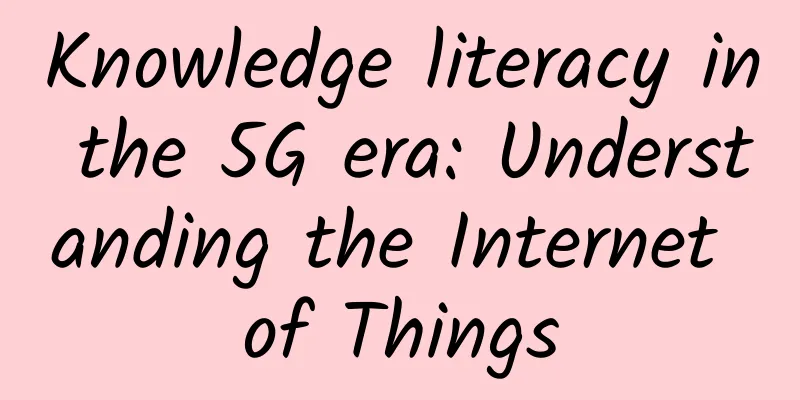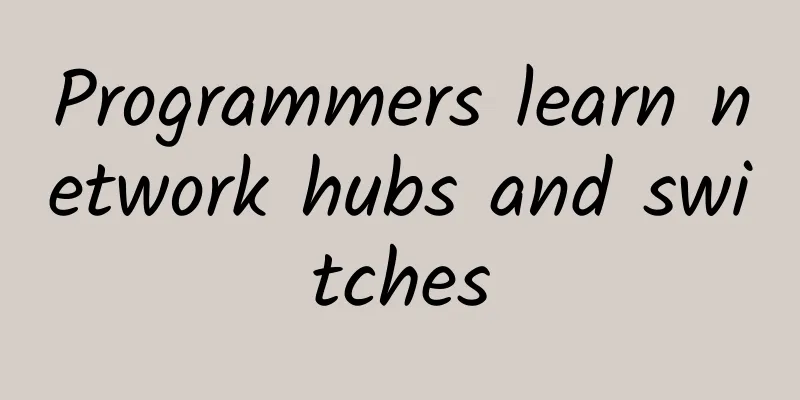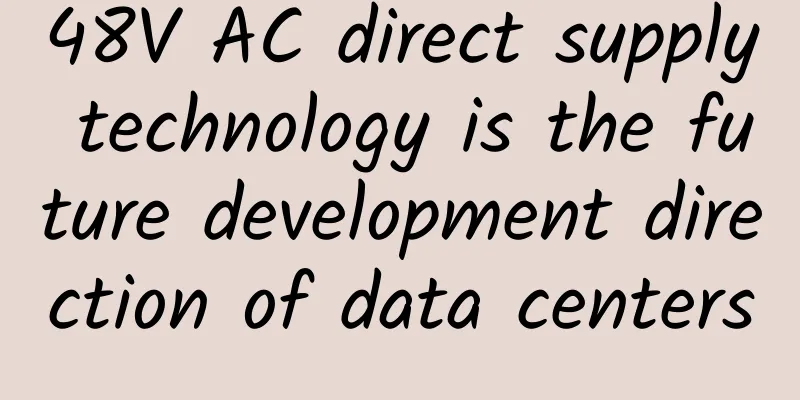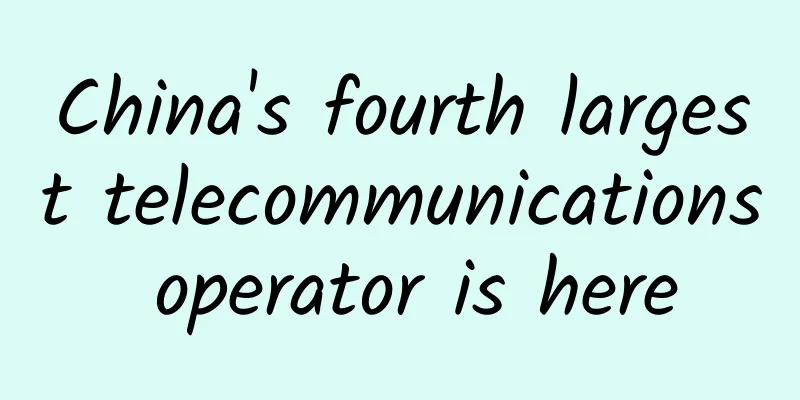Knowledge literacy in the 5G era: Understanding the Internet of Things

|
What is IoT The Internet of Things (IoT) is abbreviated as IOT, which means the Internet of Things connected to each other. It is a network that extends and expands on the basis of the Internet to enable communication between things. Simply put, all the objects around us have a chip that can be connected to the Internet, and objects can exchange information with each other. The Internet of Things is another wave of information industry after computers, the Internet, and mobile Internet. The Internet of Things is generally a wireless network. Through the physical network, it is possible to use a central computer to centrally manage and control devices and machines. At the same time, it is also possible to control home devices with mobile phones (smart home direction), etc. What is the background of the birth of the Internet of Things? The Internet of Things is the natural choice of the times and meets the development needs of human society. Since the end of the 20th century, the global economy has continued to be sluggish, and there is an urgent need for the emergence of an emerging technology to promote productivity changes and become a new engine for economic growth. In the late 20th century, the concepts of smart buildings and smart homes emerged in the United States and Europe. In 1995, Bill Gates made a detailed description of the application of IoT technology in home scenarios in his book "The Road Ahead", which gave people a preliminary understanding of IoT applications. In 1999, MIT's Auto-ID Lab made the feasibility of IoT technology concrete. The name of the Internet of Things came from the report "The Internet of Things" released by the International Telecommunication Union in 2005; By 2009, IBM's three-step physical network strategy had received widespread response from industry and academia around the world. China began to attach great importance to the Internet of Things technology in 2009 What are the architecture and components of the Internet of Things? The Internet of Things mainly includes four levels: perception and control layer, network layer, and application layer. Internet of Things IoT Network Architecture Physical Network Communication Protocol It is necessary to understand this because traditional communication protocols such as the Http protocol are large in content and are not suitable for information dissemination under the Internet of Things. Currently there are: MQTT protocol, CoAP protocol, AMQP protocol, etc. Current Applications of IoT Smart manufacturing, smart robots, smart homes, smart cities, smart transportation, autonomous driving, etc. |
<<: Network Automation: The Core Competitiveness of Operators in the 5G Era
>>: Viewpoint sharing: Why smart cities need powerful 5G networks?
Recommend
Is 5G cooperation the starting point for operators’ value return?
After the 5G licenses were issued, the market gen...
Alibaba final interview: How to use UDP to implement TCP?
[[355616]] This article comes from a real intervi...
How practical is 5G for ordinary people?
5G has three main advantages over 4G: high speed,...
Process control, all in one place
[[415477]] Watching the Olympics recently has got...
A brief discussion on SD-WAN troubleshooting
What do you do when your SD-WAN has a problem or ...
IoT and 5G are changing the world
By 2025, there will be 5 billion cellular-connect...
[Black Friday] DesiVPS: 1Gbps unlimited traffic high-security VPS annual payment of $26.99, free IP change once a month, Los Angeles data center
DesiVPS also sent out a Black Friday promotional ...
DNS record types
[[400276]] This article is reprinted from the WeC...
The number of 5G package users has exceeded 200 million. How to tap the value of 5G?
Recently, the three major domestic operators have...
PTC DPM: Dramatically improving manufacturing efficiency again
According to McKinsey's research report "...
A network administrator's self-cultivation: TCP protocol
Today, let’s continue with the network administra...
Even Excel is inferior! Do you know these functions of WPS?
[[392221]] WPS is one of the few office software ...
IoT smart home solutions create intelligent products based on scenarios
"Connected World: Smart Homes Are Key to Fut...
If WiFi coverage is not good, should I use a wireless repeater or a powerline modem?
[[240625]] Poor WiFi signal is a headache for man...
Motorola Solutions and Zhongrui Technology Launch MOTOTRBO™R2 to Enter a New Era of Digital Trunk Communications
On May 23, 2023 , Beijing Motorola Solutions (Chi...









